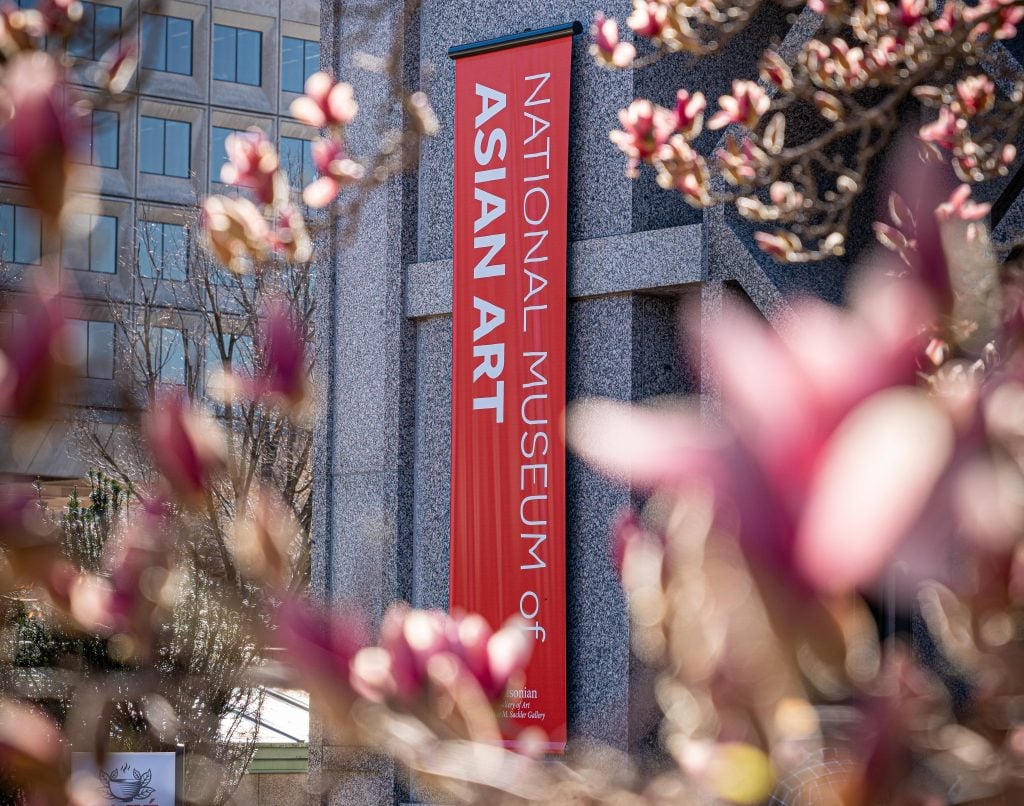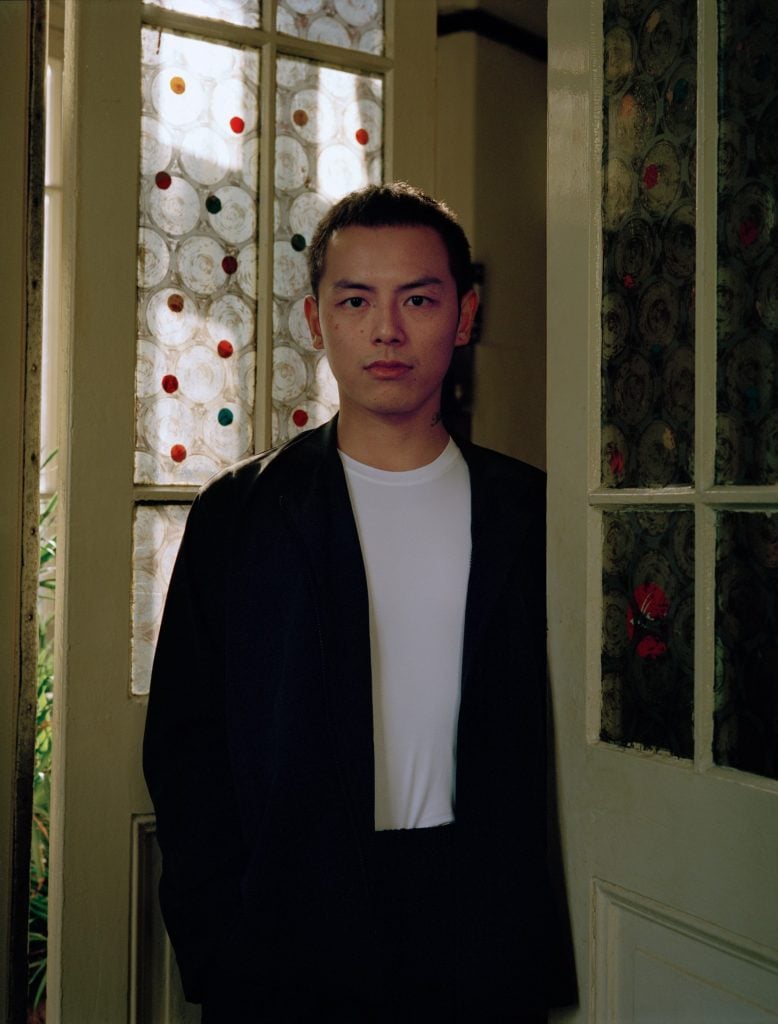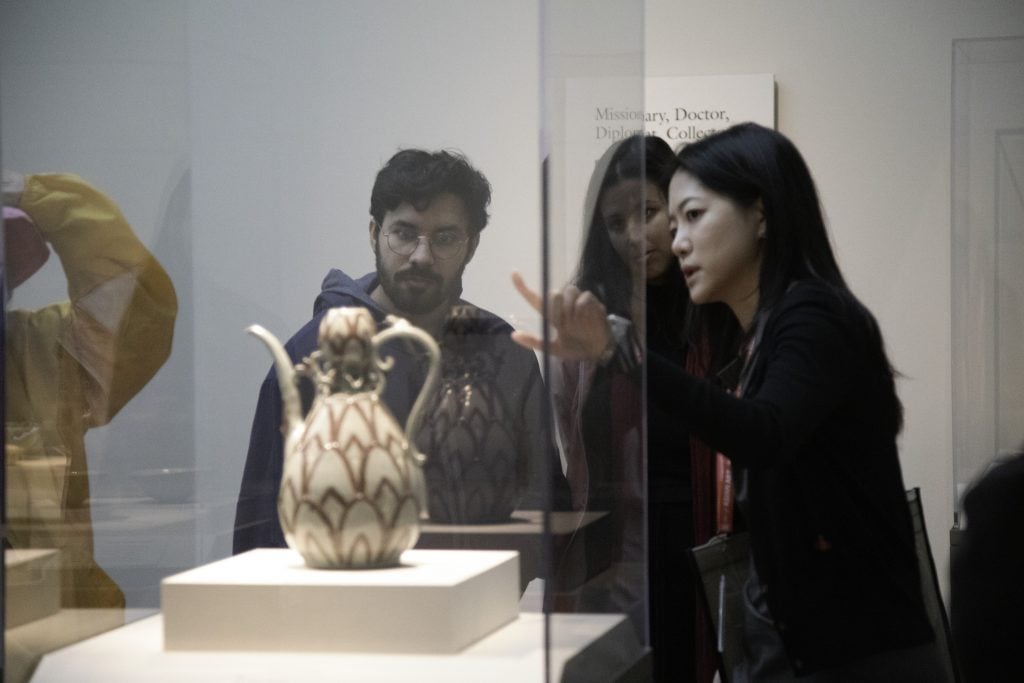Market
For Asian Curators in the West, More Doors Are Finally Opening
Encouraged by their patrons, museums and galleries are taking a more global perspective.

Encouraged by their patrons, museums and galleries are taking a more global perspective.

Cathy Fan &
Vivienne Chow

This article originally ran in The Asia Pivot, Artnet Pro’s biweekly members-only newsletter providing mission-critical analysis, insights, and exclusive intelligence on developments in Asia’s art markets, with a focus on business opportunities and challenges. Subscribe here to receive it directly to your inbox.
Over the past decade, it has not been uncommon for institutions in some parts of Asia to hire Western curators for senior positions. However, it has been far more challenging for Asian curators to break into the Western art world. Finally, though, there are signs that is changing.
Historically in the West, museums with an Asian focus and encyclopedic museums with an Asian department have tended to be the ones hiring curators of Asian descent. A classic example: Two years ago, Lesley Ma became the inaugural Ming Chu Hsu and Daniel Xu Associate Curator of Asian Art in the department of modern and contemporary art at the Metropolitan Museum of Art. The appointment attracted considerable attention in Ma’s native Taiwan, since she is the eldest daughter of former president Ma Ying-jeou. (In many Asian families, it’s worth noting, art has traditionally not been emphasized since it is viewed as a less-stable, less-lucrative career path.)
Curatorial positions at public institutions, particularly prestigious ones, often depend on financial endowments or sponsorships, and Asian patrons have been active in providing funding lately, playing a role in diversifying museum staffs in the West.

Alvin Li has been appointed to the role of Curator, International Art, supported by Asymmetry Art Foundation. Photo by Shuwei Liu.
In 2016, Hong Kong’s K11 Art Foundation, founded by top collector Adrian Cheng, partnered with the Centre Pompidou for three years, and Yung Ma, who had been at M+ in Hong Kong, was hired as a curator in the Paris museum’s contemporary and prospective creation department. Next, Ma joined the Hayward Gallery in London as a senior curator.
In 2015, the Guggenheim Museum appointed two China-born curators, Hou Hanru, who was the artistic director of Rome’s National Museum MAXXI at the time, and Weng Xiaoyu, as consulting curator and associate curator, respectively, for its Robert H. N. Ho Family Foundation Chinese Art Initiative. (The foundation is based in Hong Kong.) In 2021, Weng became the lead curator of modern and contemporary art at the Art Gallery of Ontario in Toronto. Hou left his Rome position in 2023 after a decade.
Abby Chen, a Chinese American who is currently the head of contemporary art and senior associate curator at the Asian Art Museum in San Francisco, is one of the few high-ranking curators of Chinese descent at a U.S. museum. She also organized the Taiwanese artist Yuan Goang-Ming’s show, “Everyday War,” in Venice, an official collateral event of the 60th Venice Biennale.
It is currently rare for curators from mainland China to be appointed to major positions in the U.S. Increasingly tense U.S.-China relations are part of the story, as are the decrease in substantial donations from mainland Chinese corporations and individuals.

Visitors viewing an object in the Korean gallery. Image courtesy of National Museum of Asian Art, Smithsonian Institution.
In contrast, Korean companies, patrons, and philanthropic groups have been making high-profile moves at Western museums. The Smithsonian’s National Museum of Asian Art just established an endowed curatorial position for Korean art and culture, thanks to a matching gift from the Korea Foundation, and tapped Hwang Sun-woo to fill it. The foundation also established an endowed position at the Met last year.
Just this year, there have been a number of high-profile appointments of Asian curators at Western museums. Tate Modern appointed Alvin Li as curator of international art and Hera Chan as adjunct curator of Asia-Pacific. The appointments of the Chinese curators were supported by the Asymmetry Art Foundation, founded by London-based Chinese art patron Yan Du.
In June, Xue Tan, previously the senior curator of Tai Kwun Contemporary in Hong Kong, joined the Haus der Kunst in Munich as its chief curator. In late August, South Korean-born art historian Joan Kee will step into her new role as the next director of New York University’s Institute of Fine Arts after being a scholar in residence at the Museum of Modern Art. Osaka-born Yasufumi Nakamori, who served as senior curator of international art at Tate Modern in London, joined Asia Society in New York in 2023 as its museum director and vice president of arts and culture.
In the private sector, Xin Wang, who was born in China and who served as the chief curator for Beijing’s Today Art Museum, recently joined Pace as its curatorial director. Arsenal Contemporary Art, a Canadian art center with an outpost in New York’s Tribeca area, also hired Gao Yuan as its curatorial associate.
The increasing visibility and influence of Asian curators in Western institutions signals a broader, positive shift toward greater diversity and inclusivity. Over time, such appointments will surely enrich the global art narrative, paving the way for a more interconnected and culturally nuanced understanding of contemporary art.